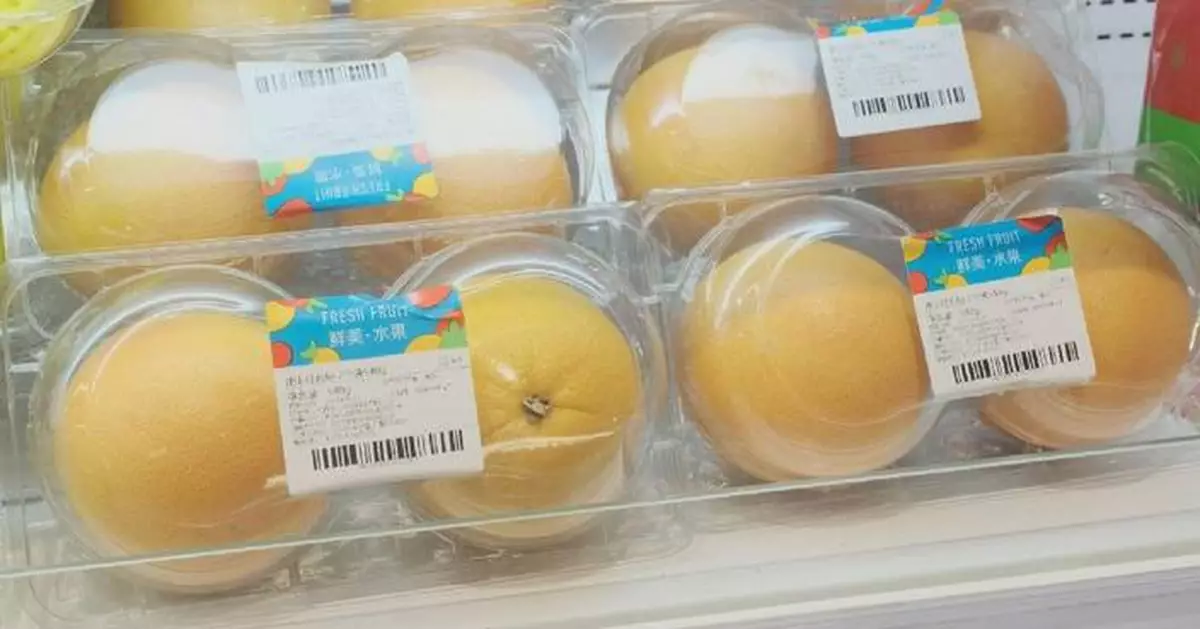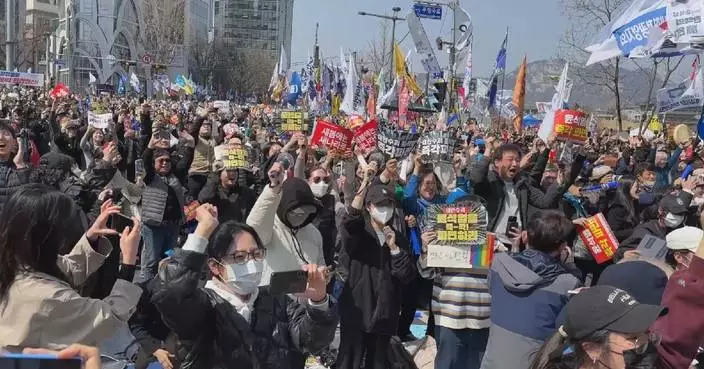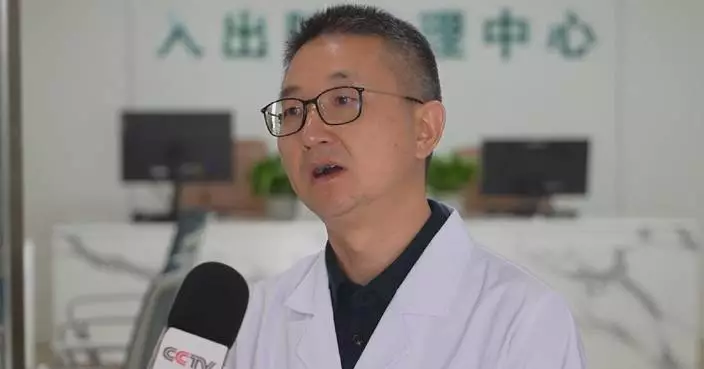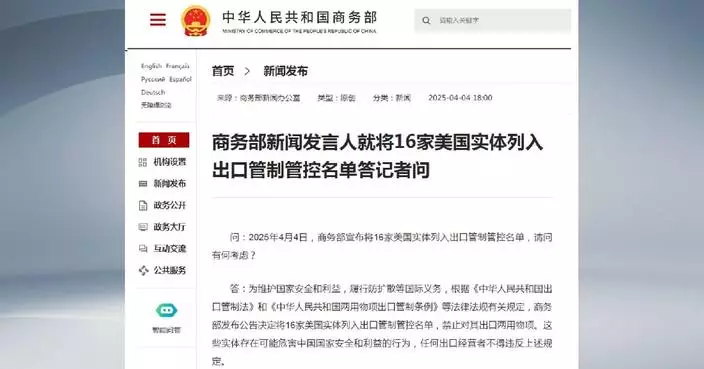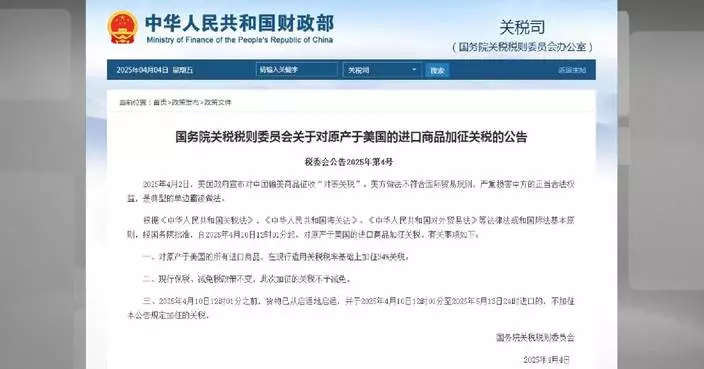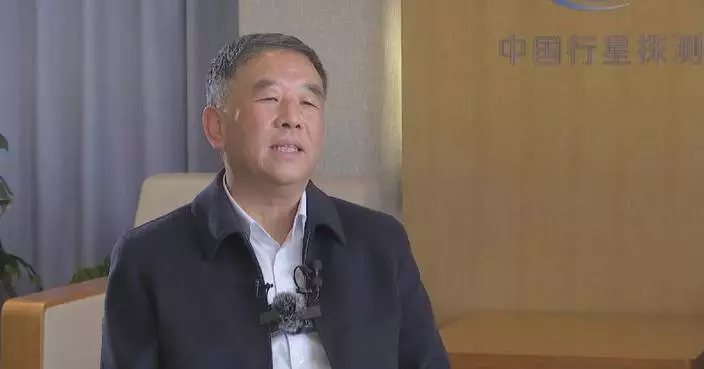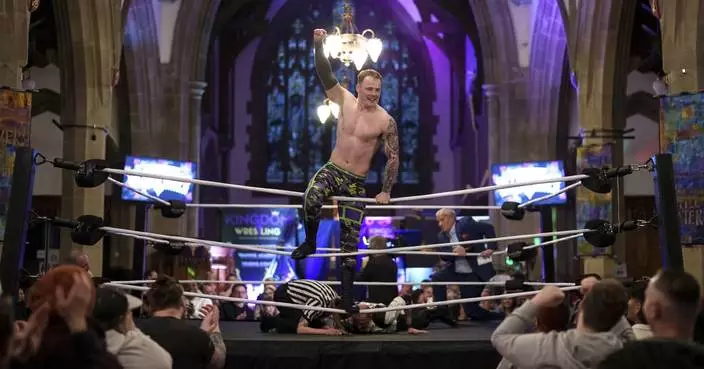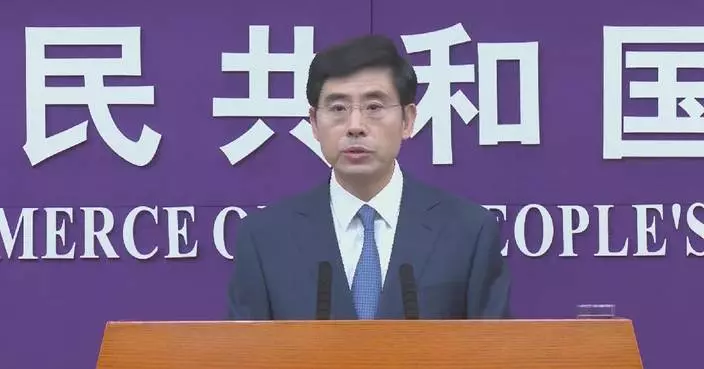Shanghai Customs has implemented new measures to expedite the clearance of African fruits, offering Chinese consumers a wider variety of fresh, high-quality produce.
A cargo ship, carrying 67.5 tons of apples and oranges from South Africa, berthed at the the Waigaoqiao Port Area in Shanghai last Wednesday, following the completion of border inspection and entry procedures.
Customs officials have taken active measures to make the fruits enter the local market on the same day.
"Under the premise of strict implementation of plant quarantine supervision requirements, we've improved efficiency and completed inspection quickly to ensure that qualified fruits imported from Africa can enter the market as soon as possible," said Luo Zhen, deputy chief of No.10 inspection division of Shanghai Waigaoqiao Port Area Customs under Shanghai Customs.
Thanks to the close economic and trade cooperation between China and Africa, Chinese people now can enjoy more and more high-quality agricultural products from the continent.
Since the beginning of this year, the Shanghai Waigaoqiao Port Area Customs has inspected 2,298 tons of fruit imported from South Africa, such as grapefruits, oranges, pears and apples.
"I have tried oranges from South Africa, and I think they taste good," said Lu, one of the customers.
"Compared with domestic fruits, African fruits have different taste, they have their own special flavor. I often choose some imported varieties to have a taste," said Zhang, another customer.
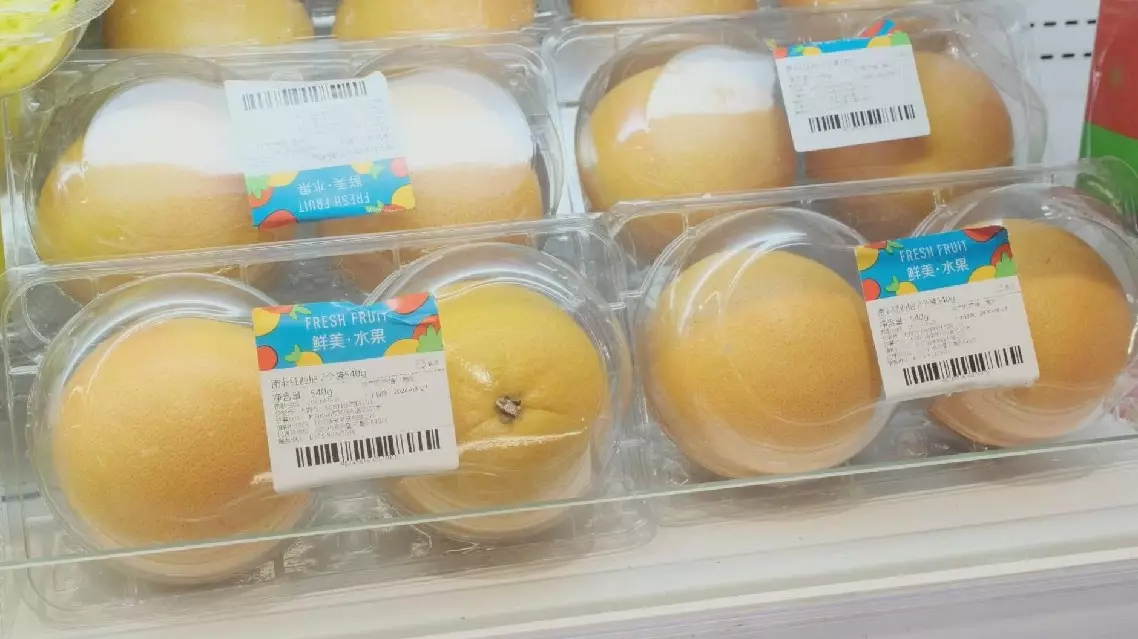
Shanghai Customs speeds up African fruit imports
More than 100 representatives of the Chinese-Filipino community and descendants of war veterans gathered at Manila's Chinese Cemetery on Tuesday to pay tribute to overseas Chinese who fought against the Japanese occupation during World War II.
The memorial ceremony was also attended by Chinese Ambassador to the Philippines Huang Xilian and other officials of the embassy.
Among the attendees was 96-year-old Mike Lu, or Lu Shuiya, a veteran of the Philippine Chinese Anti-Japanese Guerilla Force, known as Wha-Chi in the Philippines. Every year during the Qingming Festival which falls on April 4 this year, he would visit the cemetery to honor his fallen comrades.
"We will not forget, the people will not forget, the motherland will not forget," said Lu in a speech.
Another veteran, 102-year-old Wang Chenli, also participated in the ceremony.
Alongside Ambassador Huang and other dignitaries, the two elderly fighters laid wreaths and bowed in remembrance at the monument dedicated to the Chinese resistance fighters.
Following Japan's occupation of the Philippines in 1942, overseas Chinese in the country set up resistance groups such as the Philippine-Chinese Anti-Japanese Force and the Philippine-Chinese Anti-Japanese Guerrilla Forces, and latter is also known as Wha-Chi.
Wha-Chi played an impressive role in the fight against Japanese aggressors in over three years of the occupation.
The unit killed, wounded, and captured more than 2,000 enemy troops, at a cost of 77 casualties among its own ranks. After the war, the Chinese-Filipino community erected multiple memorials to commemorate these wartime heroes.
"Many people do not know that the Chinese minority in the Philippines was very fearless and very consistent in resisting Japanese militarism during World War II. We should not forget the war history in order to preserve and uphold peace," said Wilson Lee Flores, a well-known columnist in the Philippines.
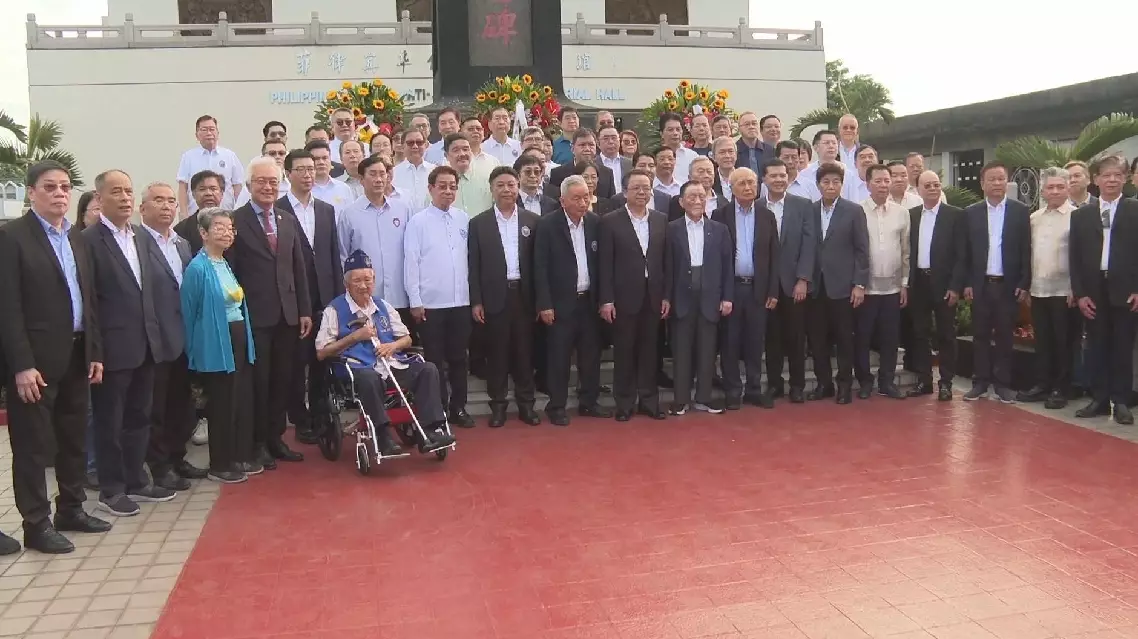
Chinese WWII resistance fighters in Philippines commemorated



